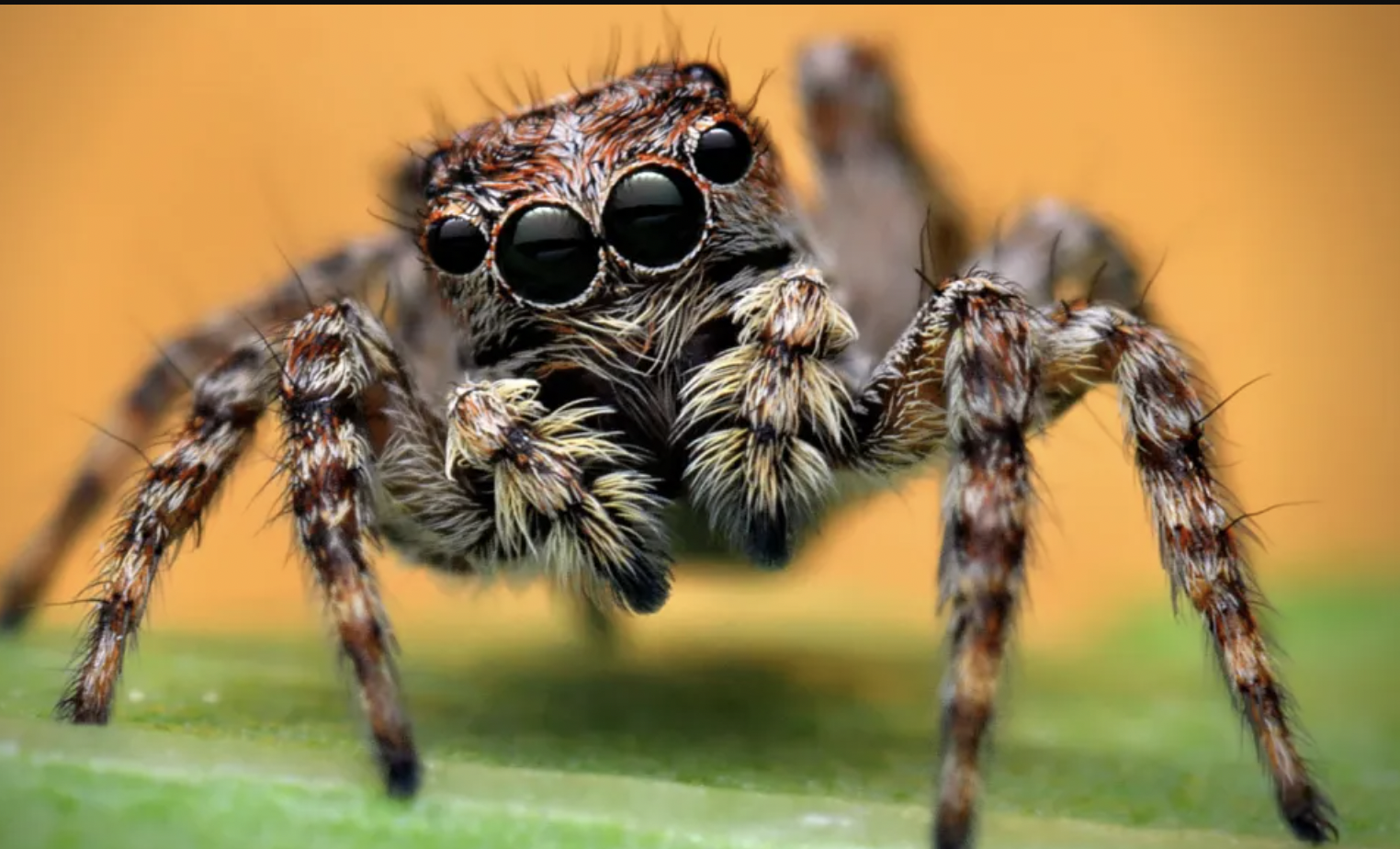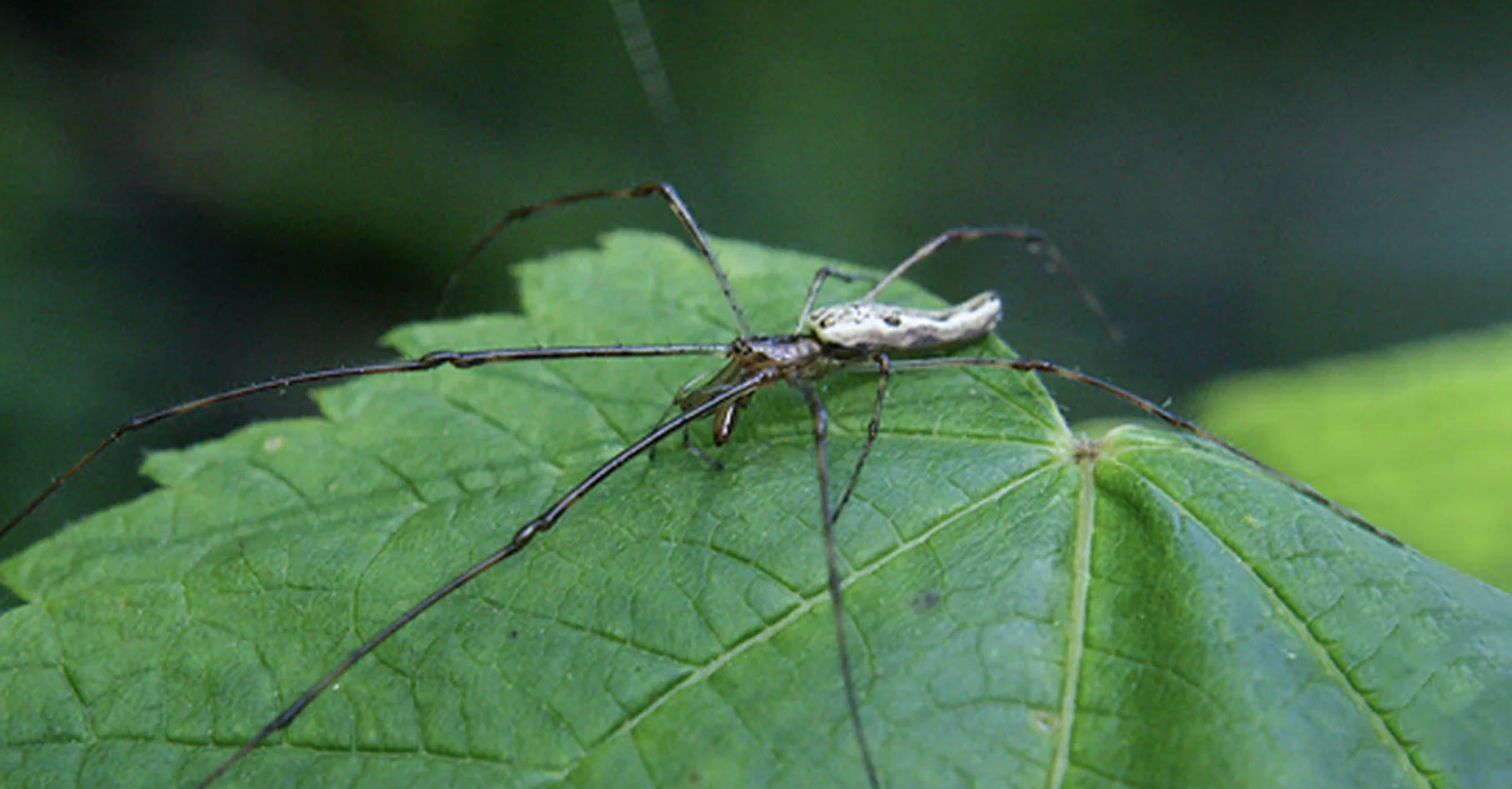Biologist Brian Gall was hunting flying spiders from his kayak when he noticed an interesting pattern: after landing on the water’s surface, the arachnids quickly moved towards the nearest shore, no matter how far from dry land they were.
Travelers, the long recumbent spider (Tetragnatha elongata), spin their webs on the banks of ponds to catch prey. When spiders fall into the water, which happens often, they rely on surface tension and swim to shore to avoid predators. But it is not yet clear how the lying spider moves on the water surface. The arachnids appear to use light reflected from the water to mark faintly reflective shorelines, Gall and his team at Hanover College in Indiana say in a December Zoology report.

Scientists have studied the navigation skills of only a few of the approximately 51,000 known species of arachnids. Spiders have been shown to rely on sound, vibration, chemical signals, and of course, their eight eyes (SN: 10/29/20). Some species see and use polarized light, which occurs naturally when light waves are reflected and flattened by a surface such as water.
“The spider’s vision is completely different than ours,” says Sidney Goedeker, who worked with Gaul as an undergraduate and is now a research technologist at the University of Louisville in Kentucky. “And it’s not something we can understand because we don’t have what they have.”
Perhaps, Gall thought, the stowaways could offer a way to explore the homecoming senses of the tall spider on stilts. His team created test areas in an outdoor tank and a natural pond in Gale’s backyard, using foil suspended above the water to polarize incoming sunlight before it reaches the surface, without glare. Spider on the ground. The researchers then released 68 spiders into the field and recorded their movements.
The spiders in the tank pounced on heavily covered areas. In the pond, spiders living between the edge and the covered areas chose both options with equal frequency, following circular paths until they landed on land. In both areas, spiders that choose covered areas often move in and out of the film’s shadow in search of the promised beach.
Gall says that in previous experiments with ponds without foil, the long-bent spiders descended toward the ground flawlessly. Combined with the new findings, the team says the species likely senses polarized light and uses it as a “non-land” landmark.
“It’s hard to overstate how strange these results are,” Gall says. “I’ve probably dropped thousands of spiders on the surface of the water and have almost never seen them make a bad choice.”
Eileen Habets, a paleontologist at the University of Nebraska-Lincoln who was not involved in the study, says there is still much to learn about the navigation skills of other similar spiders. “The orb-weaving spider showing evidence of using visual cues raises many new questions about other groups,” he says. “We don’t think vision is very important for web-building spiders.”
Gale is happy that a day spent removing spiders from his kayak led to this discovery. “It just highlights how looking and asking really basic questions can lead to really great things.”
